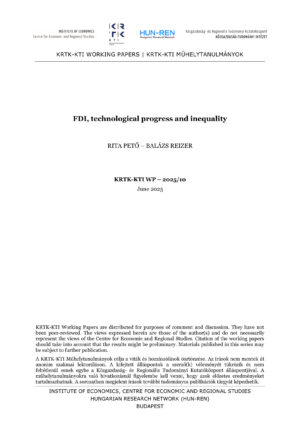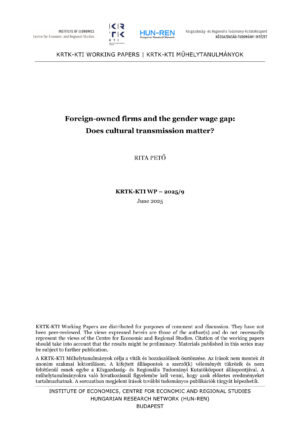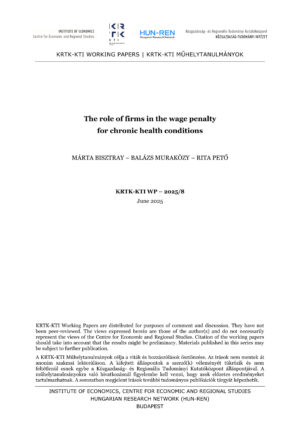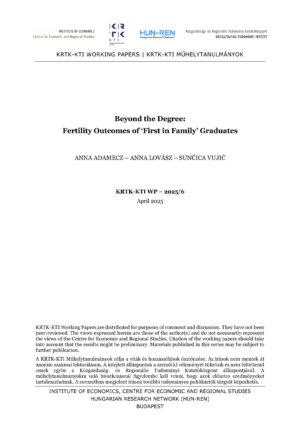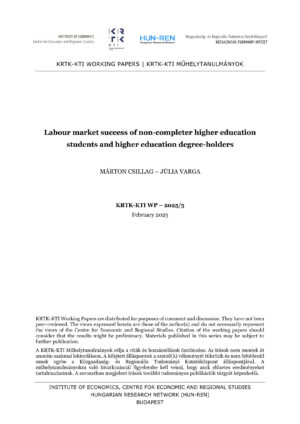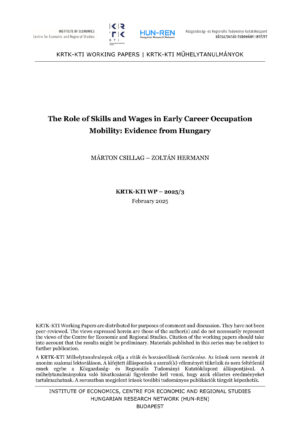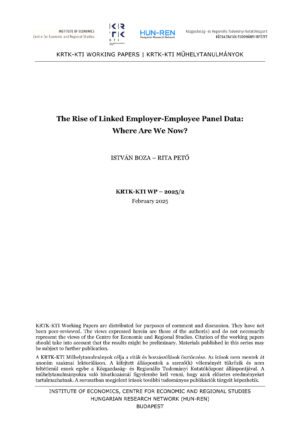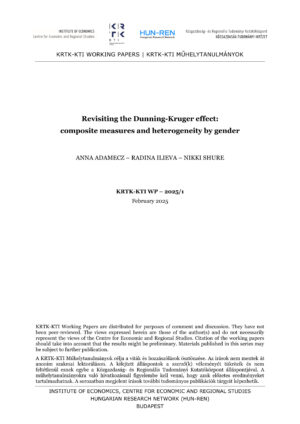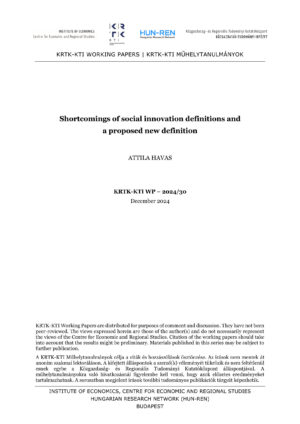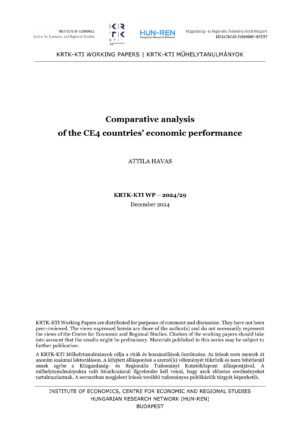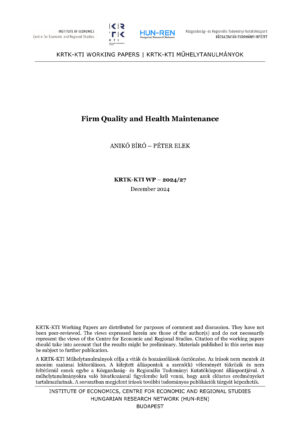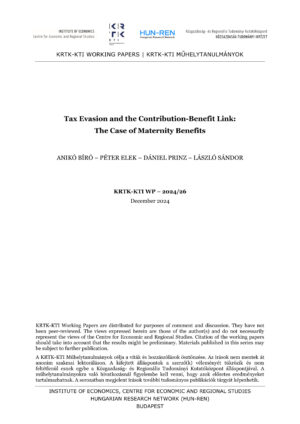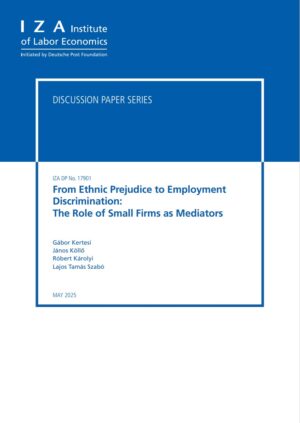How does foreign direct investment impact wages and the task content of jobs? Using linked employer-employee data from Hungary and an event study approach we show that FDI increases the returns to abstract tasks, while it does not affect the returns to routine and face-to-face tasks. This finding appears to be driven by skill-biased changes in technology, as acquired firms innovate more with their foreign partners, import more machines and improve product quality. These suggest that FDI-induced technological change is an important driver of growing inequality in developing countries.
